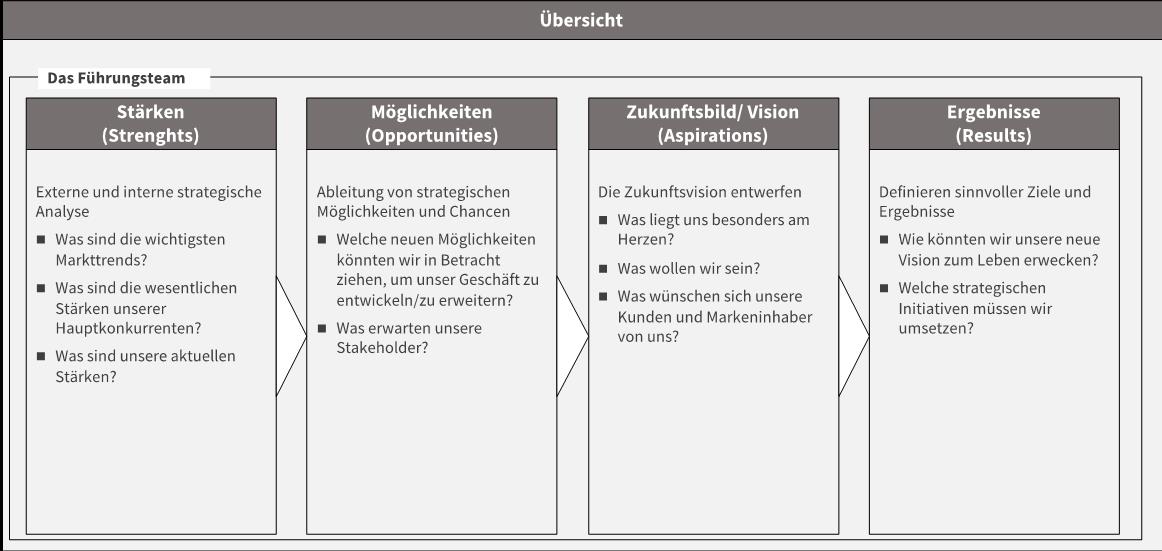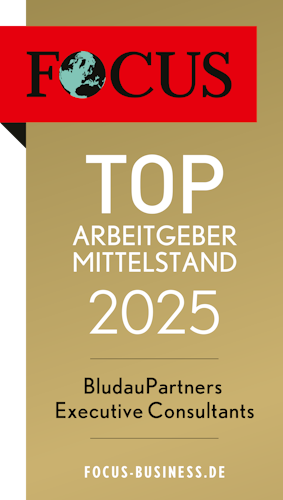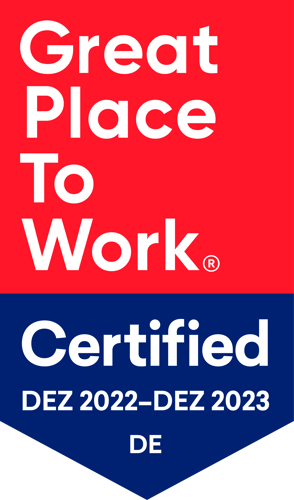AN ALTERNATIVE APPROACH TO STRATEGY DEVELOPMENT IN TIMES OF UNCERTAINTY
The "Distribution Business" division of a leading company in the sparkling wine, wine and spirits industry wants to develop a future-oriented strategy.
The business unit combines a long tradition and continuous innovation with strong brands and committed employees.
THE STARTING POINT
As a first step, the management team planned an off-site meeting to discuss the current situation, growth opportunities and strategic options as the basis for the future strategy. Each team member currently sees himself as an expert for his or her area of responsibility, so that a culture of "departmental thinking" or silo thinking is common. As a result of the Corona crisis and the associated safety / precautionary measures, the planned two-day strategy retreat had to be carried out as a virtual workshop at short notice. A new experience for all team members.

In order to remain successful in my client's challenging business environment (e.g. new brands, new brand owners, hiring new employees, significant increase in sales...), we need to develop and implement a strategy that delivers results and meets the needs of the various stakeholders.
In order to meet the demands of a dynamic environment, we wanted to break new and innovative ground in the strategy process and rethink our current strategy mindset, moving away from a deficit orientation towards a more strength-focused approach.
HOW DOES THE SOAR CONCEPT WORK?

The SOAR approach is an innovative and strength-inspired approach to policy dialogues and participatory policy development. The acronym SOAR stands for Strengths, Opportunities, Aspirations and Results. As a framework, SOAR focuses on the development of a "positively connoted" strategy by identifying the strengths of the company, the business unit or team, deriving strategic options, "designing" a common vision of the future and defining the necessary steps for implementation/achievement. The following figure shows the SOAR concept in an overview:
DETERMINATION OF INTERNAL STRENGTHS
The workshop participants interviewed each other to explore their own business unit strengths. The aim of this sequence is not only to identify special moments/events that show the strengths of the business unit, but also to examine them in greater depth (e.g. What are our strengths as a business unit? What trends and changes do we see in our markets that allow us to look positively into the future of our business unit? Based on our strengths and the trends, how does the future picture of our business unit look in five years time? What do we see?)
By conducting such an appreciative exploration of success stories, strengths and energy- giving factors, the atmosphere among the workshop participants changed fundamentally. Everyone was excited and curious about the experiences and examples of the others.

In order to remain successful in my client's challenging business environment (e.g. new brands, new brand owners, hiring new employees, significant increase in sales…), we need to develop and implement a strategy that both delivers results and meets the needs of the various stakeholders will.
In order to be able to meet the requirements of a dynamic environment, we wanted to take new, innovative paths in the strategy process and rethink our current strategy mindset, away from deficit orientation towards more strength focus.
THE RESULTS ACHIEVED

The approach outlined above created an environment that supported the development of a culture of dialogue and appreciative cooperation. Furthermore, it enabled a positive and cooperative environment in which the team members felt "safe" (in the sense of psychological security) to suggest and discuss new possibilities and ideas. A positive spirit and powerful teamwork was largely fostered by the group discovering strengths and positive stories and developing a common vision of the future based on these.
The outlined development was made possible by the outlined strength-inspired approach, which assumes that ““human systems move in the direction of the questions they most frequently and authentically ask; knowledge and organization are intimately interwoven, what we know and how we study it has a direct impact on where we end up”.[1] (Cooperrider & Godwin, 2011, S. 740). [1] Cooperrider & Godwin (2011), S. 740.
The available modern collaboration tools have helped us to effectively use our schedule to start this strategic journey!











